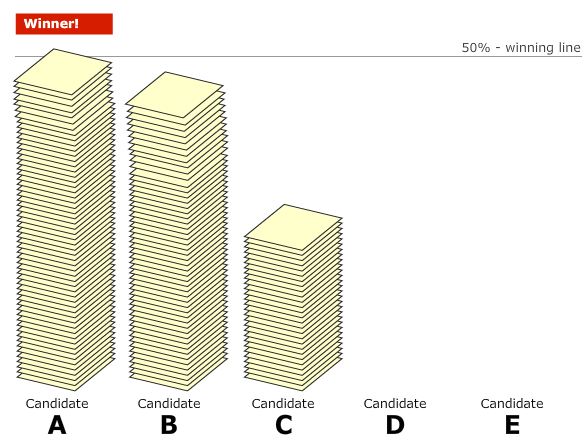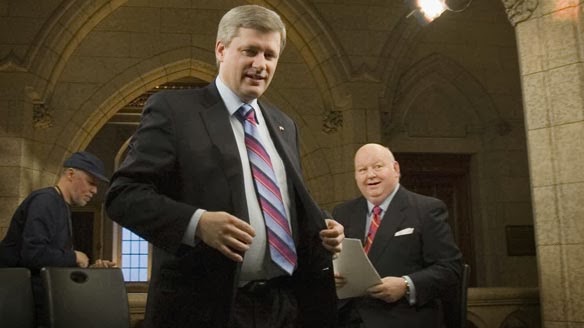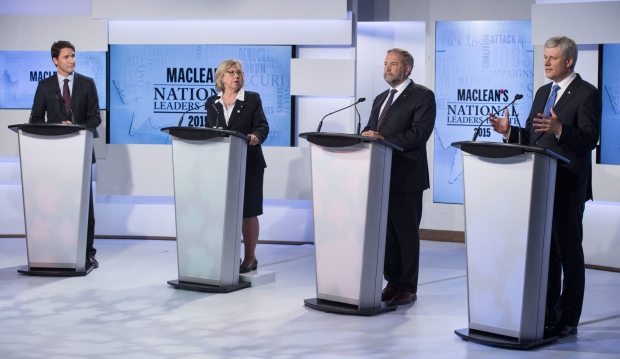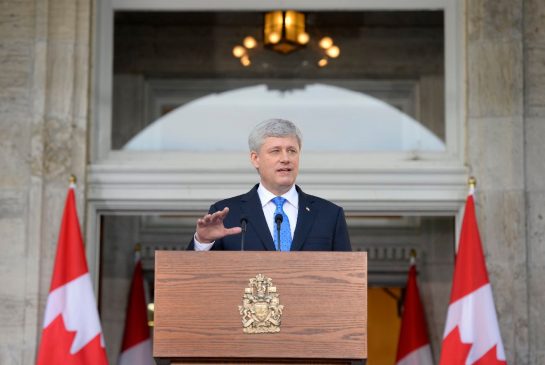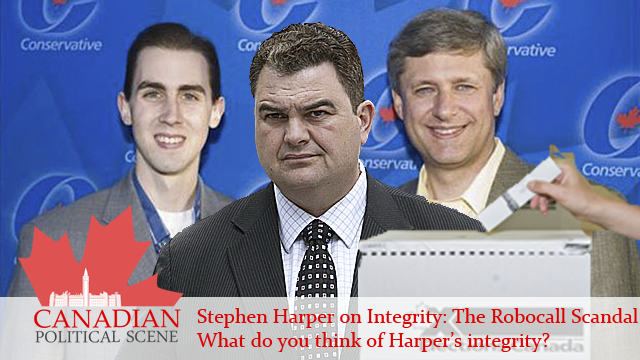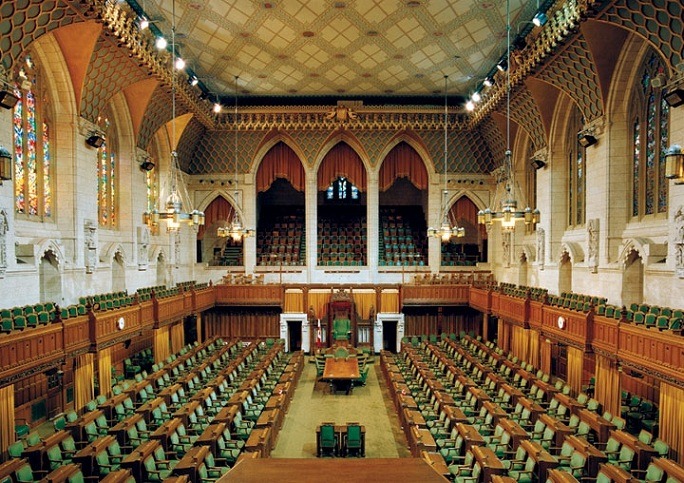
Is There Something Wrong With Canada’s Electoral System?


Above is how democracy in Canada would look like if the seats were distributed based on the percentage of votes cast vs. the seats that were granted by riding. It makes a strong difference. To those who want to get technical, 39.6% is not the majority of the population.
It is time that Canada reconsider its electoral system. When a party can claim they represent Canadians with only 39.6% of its populace behind them, you know that there is a problem.
The current system works by having voters place an X on a ballot to choose the candidate that they want to win in a riding. Once the votes have been tallied in each riding, the party who has the most amount of elected candidates forms the government where the party that has 50%+1 of the seats forms a majority government.
There are two alternatives to this winner-take-all system. One would be a midpoint between the two setting requirements for each candidate. Another would be to have the people decide the number of candidates and the candidates themselves would be chosen alternatively.
Alternative Vote System

The ballots would first be put into piles based on first choice. If no candidate wins more than 50% of the vote, the second vote of the least popular candidate are redistributed into relevant piles. The process is repeated until a candiate gets more than 50% of the vote. The candidate is then declared an MP and the party with the most MPs at that point forms a government.
Diagrams Courtesy of The Guardian
Variants of Proportional Representation
A proportional representation would split the seats based on the amount of votes each party got. Therefore, if a party got 33% of the vote, the party would get 33% of the seats.
The system can work in several ways. A party list system would have people vote for parties and the seats would be proportioned based on the vote count. An open party list system would have people vote for parties and candidates where the seats would be equal to the vote distribution and the candidates to fill the seats would come from a list that is generated by the results. A closed party list system would have people decide how many seats each party gets and then the party would choose which candidates earn the availible seats.
Both of these new systems would give people more say. The proportional representation system would give people the most say because the total tally of votes would determine the seat count whereas in the Alternative Voting system, they are valid until the 50% threshold is met.
Electoral reform is worth the debate in Canada. Having a government that doesn’t represent the majority of its people doesn’t make sense. Now that a party has a majority government with only 39.6% of the 61% of casted votes, it is sure that only 24% of Canadians are represented in this situation and represented by a government that can’t be defeated, and its motions set to pass no matter what the opposition parties say.
